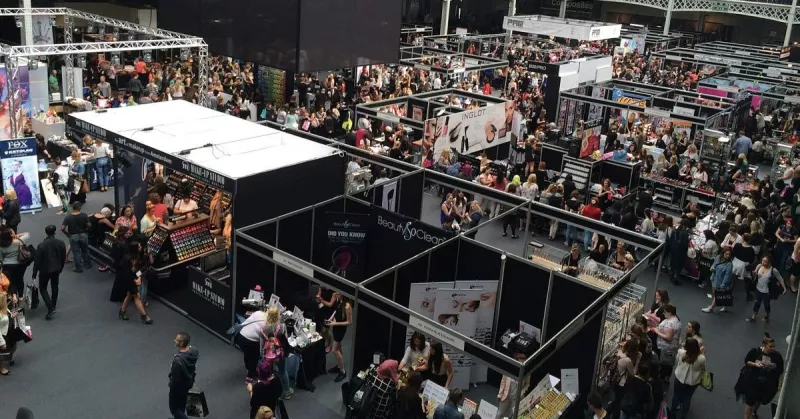For B2B brands—and even B2C companies in certain industries—trade shows can be powerful marketing tools. These events bring together hundreds of potential customers, all with buying on the brain. Seems like a guaranteed win, right? And yet many companies struggle to make trade shows worth the investment. They pay steep exhibitor fees, sales reps spend two or three days out of the office and all they have to show for it at the end are a few lukewarm leads.
So how can businesses ensure trade show attendance is worth the investment? It all comes down to strategy, and these four steps will help your business build a trade show strategy that generates powerful ROI.
1. Set Goals and Find Your Why
First thing’s first: a successful trade show experience requires significant planning, and that planning should begin even before you register to exhibit. First, identify why your brand should be attending trade shows — and the answer shouldn’t be “because we’ve always attended” or “because that’s what you’re supposed to do.” Are you looking to build awareness? Are you refilling your funnel with qualified leads? Are you looking to close sales?
Once you’ve identified exactly what success will look like, take a closer look at the trade shows you’re planning to attend. Will their target audience, structure, etc. lend itself to helping you meet your goals? If not, you might keep looking. But if so, register away.
2. Introduce Yourself to Your Audience Ahead of Time
As every marketing leader and sales rep knows, the more educated prospects are about your brand before they start talking to you, the farther they are down the funnel and the more likely they are to close. And this is true at trade shows, too. Attendees may fit the description of your target audience to a T, but that doesn’t mean they show up ready to buy. And besides, the sheer number of vendors in attendance may make it difficult for your brand to get attention from prospects who’ve never heard of you.
So, invest in a pre-trade show campaign to introduce your brand to attendees. This may involve social media or email promotions to drive attendance and awareness, but it’s also a great opportunity for a direct mail campaign. Many trade show organizers will share attendee lists in advance, and it’s not a bad idea to send a postcard or even a packet of introductory materials to let attendees know you’ll be there and you’re looking forward to meeting them (you could even include an incentive for stopping by to see you). That way, when attendees spot your booth, they’ll already have a sense of how your business can help solve their pain points, and they’ll be eager to come by and learn more.
3. Make a Splash with Collateral—At Your Booth and Beyond
Once you’re at the trade show, you’ll want to be sure you have everything you need to attract customers to your booth and educate them about your brand’s value. In other words, you’ll need collateral. And this, too, takes some advance planning.
Start with the basics: ensure all your reps have plenty of business cards with up-to-date contact information. Add branded flyers, brochures and/or info packets with details tailored to the trade show audience’s needs and pain points. Throw in branded giveaways to thank attendees who provide their full contact information or make a purchase onsite, and you’re on your way to a memorable booth and a successful trade show.
But what about the booth, itself? All the smaller printed collateral is great once attendees approach your exhibit, but how do you get them there? That’s where grand format collateral comes in. At a minimum, you’ll want a high-quality, branded table throw and a banner to hang above your booth to catch eyes. But there’s no need to stop there. What about standing banners highlighting your best offerings or promos? Wall clings featuring stories of happy customers? A branded photo backdrop with some fun props for attendees to snap pics? The more you can do to draw attendees to your booth — and then keep them there — the more opportunities you’ll have to get to know prospective customers, share your brand value and move them down the funnel.
4. Follow Up
Your job doesn’t end with the trade show’s closing remarks! After the event, it’s critical to follow up promptly with new customers and leads. Personal calls are a must, but this is a great opportunity for a re-marketing campaign that, again, blends digital outreach with personalized direct mail. Keep up the trade show momentum by building those relationships with new prospects and continuing to demonstrate your brand’s value, and you’ll start to see the trade show investment pay off in big ways.
With the proper strategy and preparation, trade shows can be powerful sales engines for B2B and B2C businesses. To learn about how OneTouchPoint can help your business prepare winning collateral — from business cards to banners — to help make your trade show experience a success, we invite you to contact us today. Our experts will provide insight and ideas to deliver phenomenal results at a great price.

